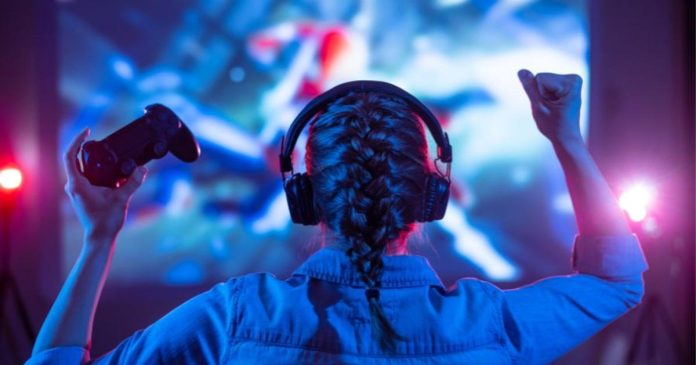With 3.4 billion gamers globally and time spent gaming up 6% year-on-year, gaming has cemented itself as a dominant engagement platform, particularly among Gen Z and Millennials. Yet despite this attention, gaming accounts for less than 5% of global media investment, indicating a large opportunity gap, especially in mobile-first, creator-led markets such as Indonesia and Thailand, according to Dentsu’s report on gaming trends.
Meanwhile, the same research finds that the time spent playing games has increased by 6% year over year.
“Brands know they need to show up in gaming. However, the truth is that too many still view it as a one-off sponsorship, a media buy, or something ‘for the younger demo.’ That mindset misses
the bigger picture,” says Brent Koning, EVP, global gaming lead at Dentsu.
“Gaming today is where fandoms are built, identities are explored, and communities gather. It’s not a vertical—it’s a horizontal layer that cuts across content, commerce, and connection. And it’s changing how people experience culture.”
Published this week, the report titled ‘Gaming, Your Marketing Cheat Code’ draws insights from 8,600 global consumers across 10 markets, along with GWI data. Key findings below:


Gaming as a social platform
Gaming has emerged as the new social network, fostering connection, identity, and community. Platforms like Discord, Twitch, and Roblox enable immersive, participatory experiences. Notably, 70% of gamers say games help them connect with others, and Gen Z gamers are 32% more likely than average to play for social reasons. Gaming fandom now drives not just engagement but also real-world action and commerce.
Commerce and influence
Gaming is a new frontier for consumer influence and brand discovery. Nearly half of Gen Z and Millennial gamers (45%) are interested in buying physical products while gaming, and 44% of Twitch viewers have purchased products recommended by streamers. Gamers are highly engaged in lifestyle categories such as food, fashion, beauty, and entertainment, shaping trends and driving purchases both in-game and offline.
Transmedia expansion and cultural impact
Gaming intellectual properties (IPs) are fuelling a transmedia boom, with over 60 game-based productions in development and blockbuster successes like “A Minecraft Movie” driving not only box office records but also surges in daily active players. Minecraft’s daily active players increased by 17% week-on-week following the film’s release. This cross-media expansion deepens fandoms and cements gaming’s place as a cultural rocketship.
Player motivations and segmentation
Player motivations are diverse: relaxation and achievement are now the top drivers for both playing and viewing, while immersion, socialising, and thrill-seeking also play significant roles. The top reasons are relaxation (55%), achievement (20%), immersion (19%), socialising (25%), and thrill (23%). These motivations are not strictly demographic, emphasising the need for nuanced, motivation-based activation strategies rather than one-size-fits-all campaigns.
Global and local nuance
Gaming is both a global and hyper-local phenomenon. Over half of all gamers are in APAC (53%), where play is often purpose-driven, while North American gamers lean towards escapism. Regional events and cultural nuances significantly impact engagement patterns, making localisation essential for effective brand strategies.
Brands should invest in nuanced, full-funnel strategies
The report recommends a full-funnel approach to gaming, integrating awareness, consideration, and conversion tactics across livestreaming, in-game ads, influencer partnerships, and branded UGC. Brands that activate purposefully, aligning with player motivations and cultural contexts, stand to drive deeper engagement, relevance, and ROI in the evolving gaming landscape. Crucially, success comes from earning a place in gaming communities, not just advertising to them. Understand player motivations, localise campaigns, and activate across the funnel for maximum impact.
While gaming continues to grow as a dominant cultural and commercial force across Asia Pacific, many brands are still hesitating to act. According to Dan Pantumsinchai, managing director of Gaming at dentsu APAC, the issue isn’t a lack of opportunity—it’s inertia, uncertainty and a need for the right strategic guidance.
“Many brands are still defaulting to traditional media channels when planning campaigns, overlooking the scale and influence of gaming,” says Pantumsinchai. “That’s why we continue to invest in these reports—to highlight where the real opportunities are and to accelerate understanding of gaming as a mainstream cultural and commercial space. The opportunities are there for the taking, but brands are still not moving quickly enough.”
